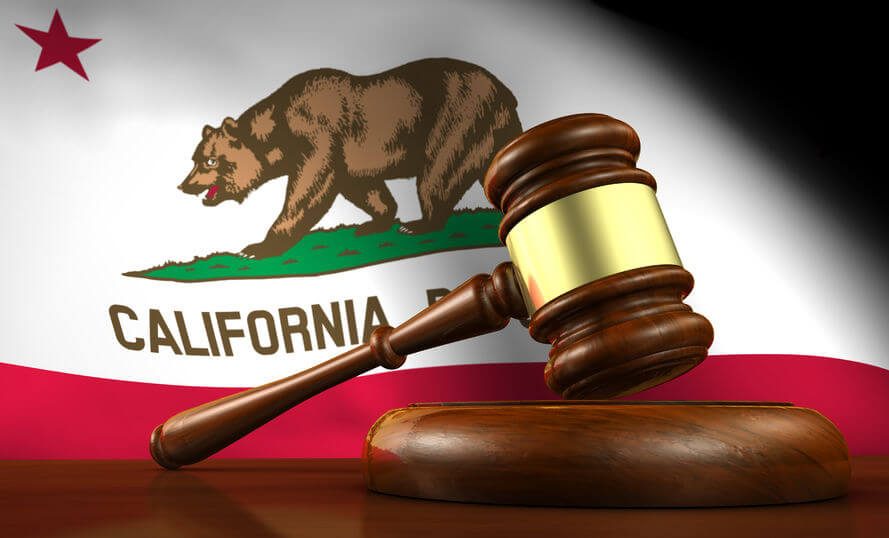Proposed HR Compliance Laws
California law makers are currently reviewing several proposed laws that effect employers of all sizes (and not necessarily in a good way.) The following laws are likely to become effective within the next 12 months.
- Paid Sick Leave Expansion (AB 2841) – This bill would expand the current paid sick leave law on the books per county to 10 days (80 hours) of paid sick leave.
- Employment Protection for Medical Marijuana Users (AB 2069) – This bill would amend the Fair Employment and Housing Act to make it an unlawful employment practice for an employer to take adverse action against an applicant or employee. All because of a positive drug test for marijuana (by a medical marijuana cold holder) or because of one’s status as a medical marijuana card holder.
[An employer may still discipline an employee for being under the influence while working or being on the employer’s property. Key change relates to the area of employee accommodations. Exceptions would be made from employers who would lose a license or monetary benefit under federal law.]
- Lactation Accommodation (SB 937) – This bill would expand California’s current law to require employers to provide a lactating employee with a lactation room (other than the bathroom) that…
1 – is close to the employee’s work area
2 – is free from intrusion
3 – is shielded from view
4 – is free of toxic or hazardous chemicals
5 – contains a surface on which to place a breast pump or similar item
6 – has a place to sit
7- has access to electricity
8 – ensure the employee has access to a sink and refrigerator
[Employers would be required to develop a written lactation accommodation policy and respond to requests within 5 days.]
- Annual Pay Data Reporting (SB 1284) – This proposed bill would require employers with 100 employees or more to annually report information on earnings by race, gender, and ethnicity, beginning September 30, 2019 to the Department of Industrial Relations. This information would be shared with various state agencies.
- Expanded Limitations Period for Discriminations Complaints (AB 2946) – This bill would allow employees up to 3 years to file a charge of discrimination with the Department of Labor Standards Enforcement. This bill would also amend Labor Code section 1102.5 allowing for the recovery of attorney’s fees to the employee if they win.
- Expanded Limitations Period for Discrimination/Harassment/Retaliation Charges (AB 1870) – This bill would allow employees up to 3 years to file administrative charges with the Department of Fair and Equal Housing.
- Personal Liability for Retaliation (SB 1038) – This bill would mirror personal liability in retaliation claims much like harassment claims under the Fair Employment and Housing Act.
- Failure to Prevent Discrimination/Harassment (SB 1300) – The bill would change the current law where an employee alleges a claim of failure to prevent discrimination/harassment. The employee need not provide proof on the claim. Moreover, the bill prohibits the signing of non-disparagement agreements or other documents that prevent the employee from discussing unlawful acts. Employers of all sizes would be required to provide training.
- Increased Penalties for Payday Timing Violations (AB 2613) – Current law requires employers to pay employees at certain intervals. Under the proposed new law, in addition to current penalties, employers would face penalties of $100 per employee per day – up to seven days initially. Subsequent violations would incur a $200 per employee per day, up to seven days penalty.
- Copies of Payroll Records (SB 1252) – Upon request, employees would be entitled to copies of their payroll records.
- Paid Family Leave/Use of Vacation (AB 2587) – This bill would discontinue the requirement of employees to use up to two weeks of vacation prior to, and as a condition of, receipt of paid family leave benefits through the state.
Benefits
- Paid Family Medical Leave Tax Incentive – Although the federal Family and Medical Leave Act does not require employers to provided paid leave, the Tax Cuts and Jobs Act, effective January 1, 2018 incentives employers through a tax credit ranging from 12.5 percent to 25 percent, depending on how much of the employee earnings are paid during a leave.
To qualify for the tax credit, the employer must have a written policy which states the following:
- All full-time “qualifying employees” are paid at least two weeks of FMLA per year, at a rate of pay equal to 50% of normal wages.
- Part-time “qualifying employees” are paid not less than a pro-rated amount of what is paid to full-time qualifying employees. For this purpose, part-time is defined as employees working less than 30 hours per week.
An employer can take a tax credit for up to 12 weeks of paid FMLA leave per qualifying employee during a tax year.
Payroll Compliance
IRS Releases New 2018 W-4 Form
The IRS has released the 2018 W-4, Employee’s Withholding Allowance Certificate. Employees should consider completing a new W-4 each year so that when their personal or financial situation changes, employers can withhold the correct federal income tax from their pay.
IRS Modifies 2018 COLA’s
In March 2018, the IRS announced changes to some of the previously announced 2018 cost-of-living adjustments to reflect the new tax law changes.
- Foreign earned income exclusion – For 2018, the maximum foreign earned income exclusion amount has been lowered from $104,000 to $103,900. The maximum amount of the foreign housing cost exclusion $14,546.
- Medical Savings Account – To be eligible to make contributions to a Medical Savings Account, an employee must be covered by a high deductible health plan. For 2018, the IRS defines of a high deduction plan having an annual deductible of $2,300 – $3,400 for individual coverage and $4,550 – $6,850 for family coverage.
- Health Savings Accounts – The maximum contribution has been reduced to $6,850 for family coverage. All other amounts are unchanged.
Calculating Overtime on Flat-Non-Production Bonuses
Are you calculating flat non-production bonuses correctly?
In a recent opinion, the California Supreme court held that where extra compensation to non-exempt employees as a flat bonus, is not tied to production. This must be calculated by dividing the bonus only by the employee’s non-overtime hours worked during the pay period, rather than total hours worked. (Alvarado v. Dart Container Corp.)
In this case, the employer paid a flat bonus not tied to production to employees who worked a weekend shift in addition to their hourly pay. The court determined that this type of bonus (not tied to production or hours worked) would have been paid the same regardless of how many hours the employee worked during the workweek. Therefore, it would be unfair to include overtime hours when calculating the overtime rate on a bonus.
With wage and hour lawsuits on the rise, employers choosing to pay bonuses and similar extra compensation to non-exempt employees should review State and Federal laws. Ultimately, this will determine the correct means of calculating overtime, if required.
Bringing it together
With all of the local, state and federal labor and employment laws, its difficult to keep up with what you need to ensure that your California business is compliant. Arm yourself with knowledge, or find a support team that will help guide you through the complicated world of Human Resource management and compliance related issues.
Ready for better HR compliance protection? Contact CorpStrat about outsourcing your HR and compliance to the experts.



